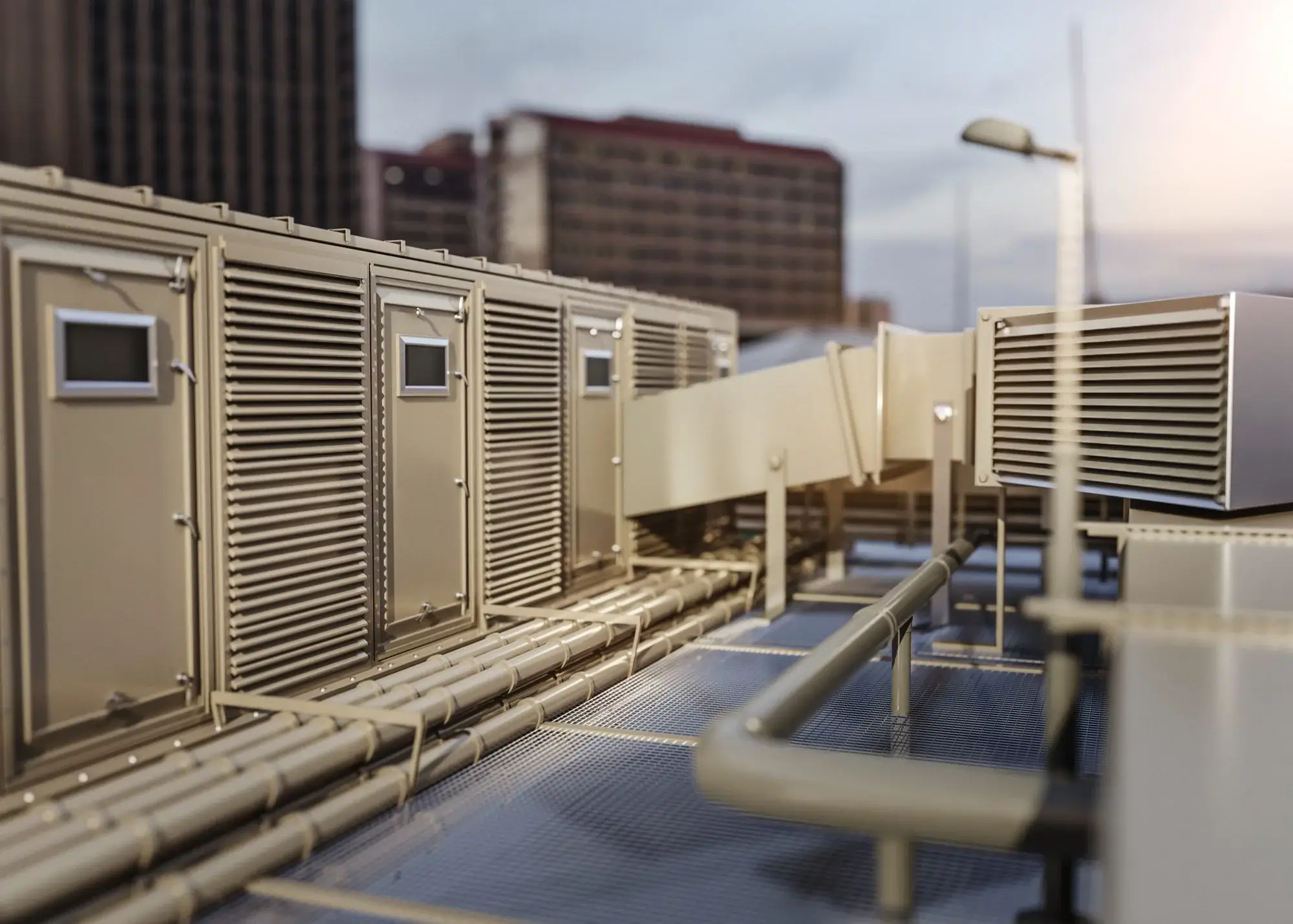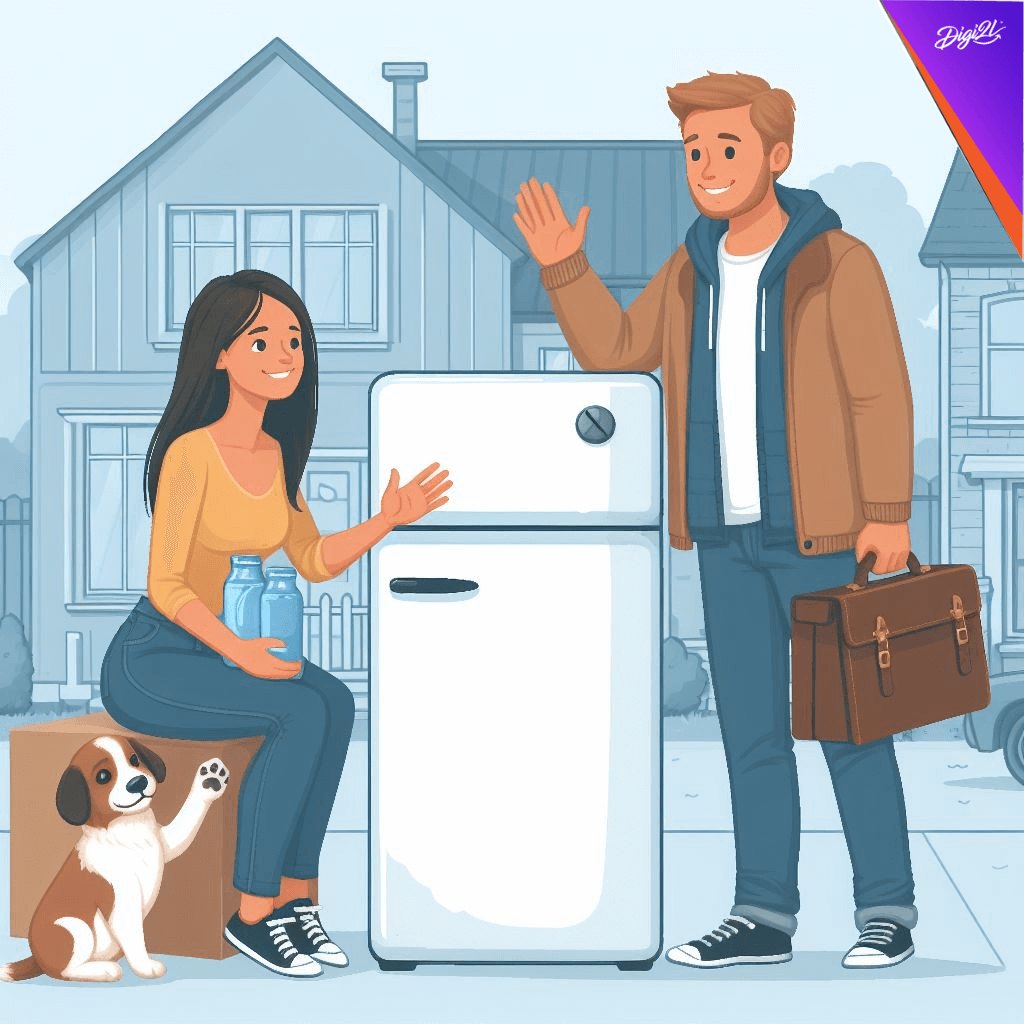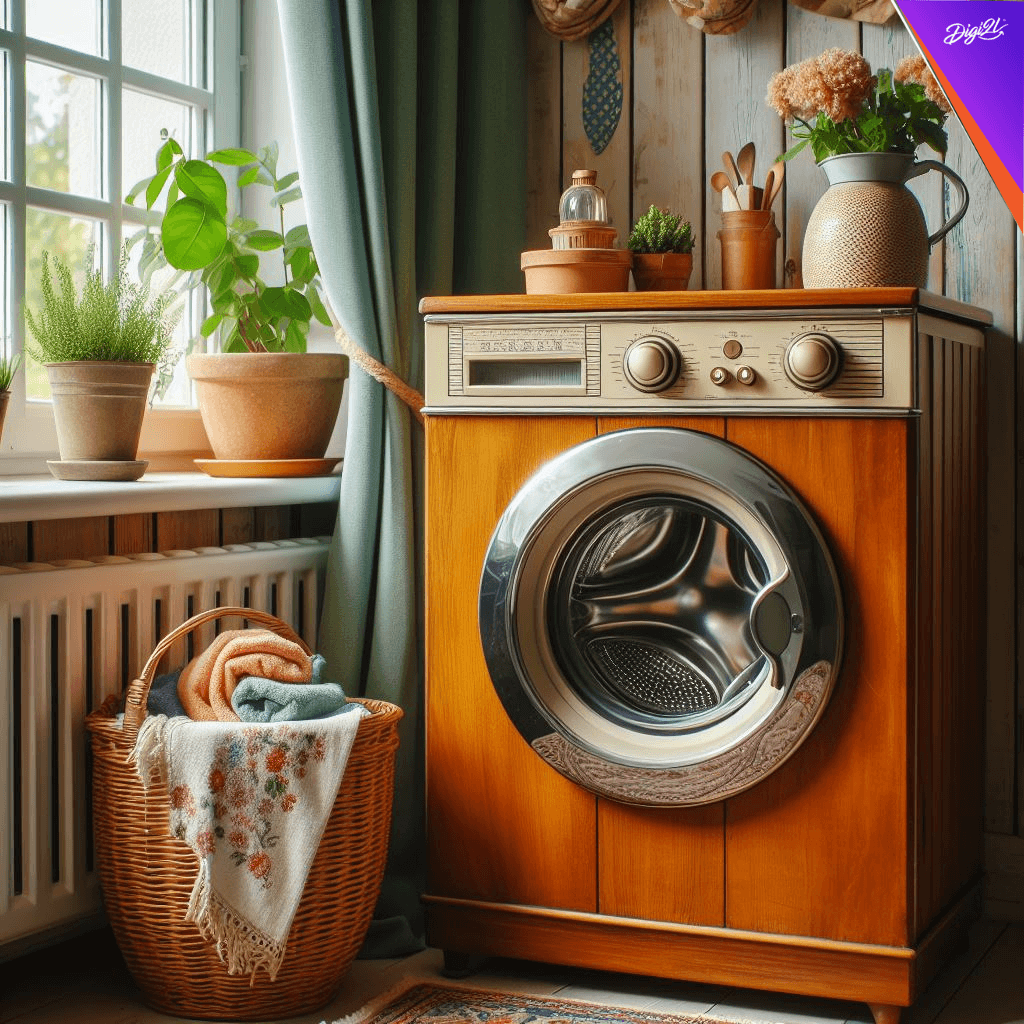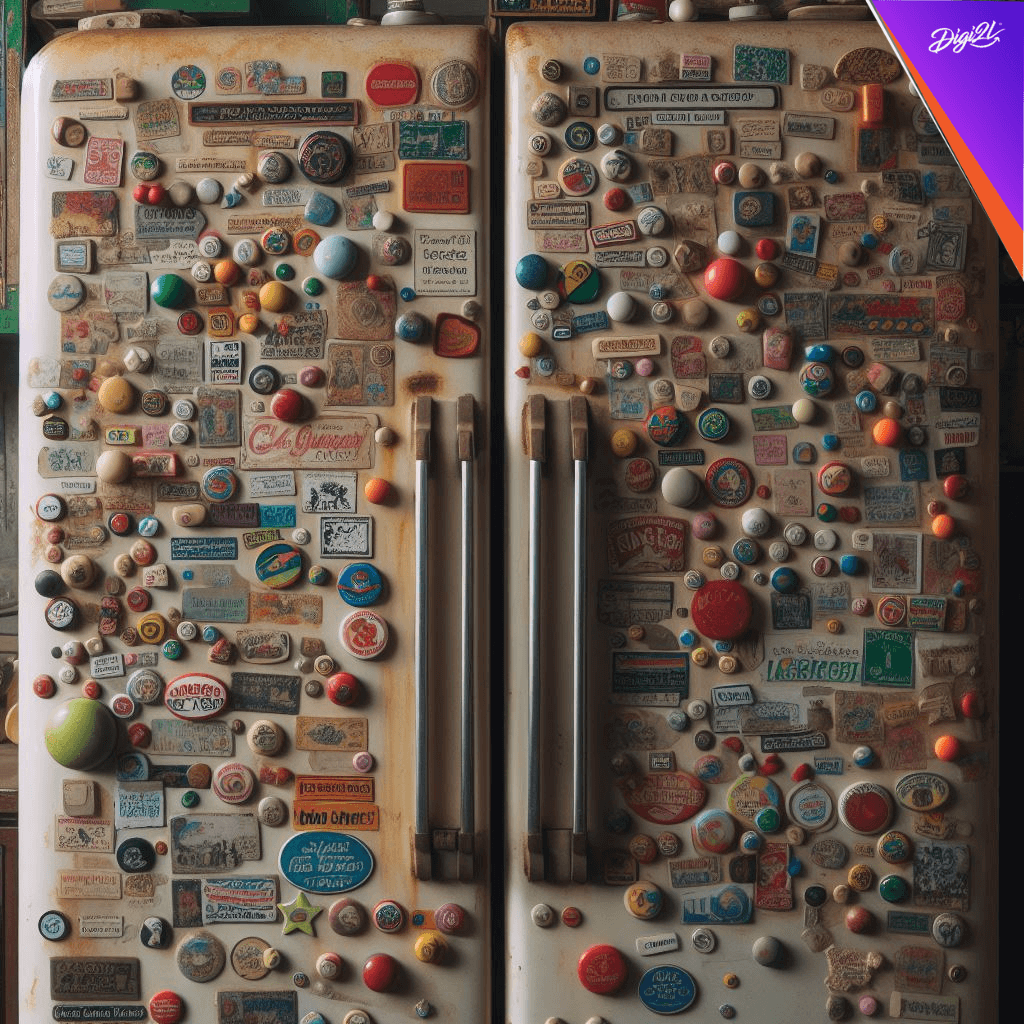
Please Wait ...

Please Wait ...
Enquiry






Curently We are Not Serviceable In this Pincode
91 Springboard, Business Hub, Godrej & Boyce, Gate No. 2, LBS Marg, Vikhroli West, Mumbai, 400079
91 Springboard, Business Hub, Godrej & Boyce, Gate No. 2, LBS Marg, Vikhroli West, Mumbai, 400079
91 Springboard, Business Hub, Godrej & Boyce, Gate No. 2, LBS Marg, Vikhroli West, Mumbai, 400079
91 Springboard, Business Hub, Godrej & Boyce, Gate No. 2, LBS Marg, Vikhroli West, Mumbai, 400079
91 Springboard, Business Hub, Godrej & Boyce, Gate No. 2, LBS Marg, Vikhroli West, Mumbai, 400079
91 Springboard, Business Hub, Godrej & Boyce, Gate No. 2, LBS Marg, Vikhroli West, Mumbai, 400079
91 Springboard, Business Hub, Godrej & Boyce, Gate No. 2, LBS Marg, Vikhroli West, Mumbai, 400079
91 Springboard, Business Hub, Godrej & Boyce, Gate No. 2, LBS Marg, Vikhroli West, Mumbai, 400079
91 Springboard, Business Hub, Godrej & Boyce, Gate No. 2, LBS Marg, Vikhroli West, Mumbai, 400079
Min
Max
₹5,000
₹45,000
Suggested Price







Blogs> Demystifying Air Conditioning and Central Heating/Cooling Systems: How Do They Work?

Air conditioning and central heating/cooling systems are vital for maintaining comfortable indoor environments, but their operation might seem like magic. Here’s a glimpse into the science behind them. Air conditioning systems employ refrigeration to cool indoor spaces. They consist of key components like refrigerant, compressor, evaporator coil, expansion valve, condenser coil, and fan. The compressor pressurizes the refrigerant, increasing its temperature and pressure. As the refrigerant moves indoors, it passes through the evaporator coil, absorbing heat from warm indoor air and transforming into a cool gas. The expansion valve controls its flow, while the fan circulates cooled air back into the room. The heated refrigerant returns outside, where the condenser coil and fan dissipate heat, turning it back into a liquid. Regular maintenance is vital for optimal performance. Central heating/cooling systems use heat pumps or furnaces to regulate indoor temperature. Heat pumps extract heat from indoor air in cooling mode and transfer it outside. In heating mode, they extract heat from outside air or ground and transfer it indoors. Distribution via ductwork or air handlers ensures consistent temperature throughout the building. Understanding these systems’ operation helps appreciate their engineering and make informed maintenance decisions. Regular servicing is crucial for their optimal performance and longevity. With these marvels of technology, stay cool in summer and cozy in winter!
Air conditioning and central heating/cooling systems have become essential for maintaining comfortable indoor environments. Have you ever wondered how these systems work their magic? In this blog, we will delve into the workings of air conditioning and central heating/cooling systems, unraveling the science behind their operation.
Air Conditioning Systems:
Air conditioning systems employ a process known as refrigeration to cool indoor spaces. Here’s a breakdown of the key components and steps involved:
Central Heating/Cooling Systems:
Central heating/cooling systems use a combination of heat pumps or furnaces to regulate indoor temperature. Here’s an overview of their operation:
Air conditioning and central heating/cooling systems work by utilizing various components and processes to regulate indoor temperature. Whether it’s cooling or heating, these systems employ refrigeration, heat extraction, and air circulation techniques to create comfortable environments. Understanding the basics of how these systems work can help us appreciate the engineering behind them and make informed decisions regarding maintaining and upgrading our heating and cooling systems.
Remember, regular maintenance and professional servicing are crucial to ensure the optimal performance and longevity of these systems. Stay cool in summer and cozy in winter with the marvels of air conditioning and central heating/cooling technology!
Image by Freepik

By Digi2L - April 27, 2024

By Digi2L - April 26, 2024

By Digi2L - April 25, 2024